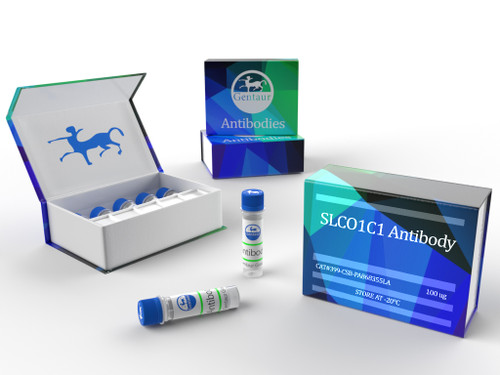HIF1A Antibody | Gentaur
Gentaur
MSRP:
Now:
€340.00
(You save
)
- SKU:
- 399-CSB-PA12807A0R-GEN
- Availability:
- IN STOCK
- Size:
- 100 µg
Size 100 µg
Recommended
-


BAS1 Antibody | Gentaur
MSRP:Now: €340.00

SLCO1C1 Antibody | Gentaur
MSRP:Now: €340.00









